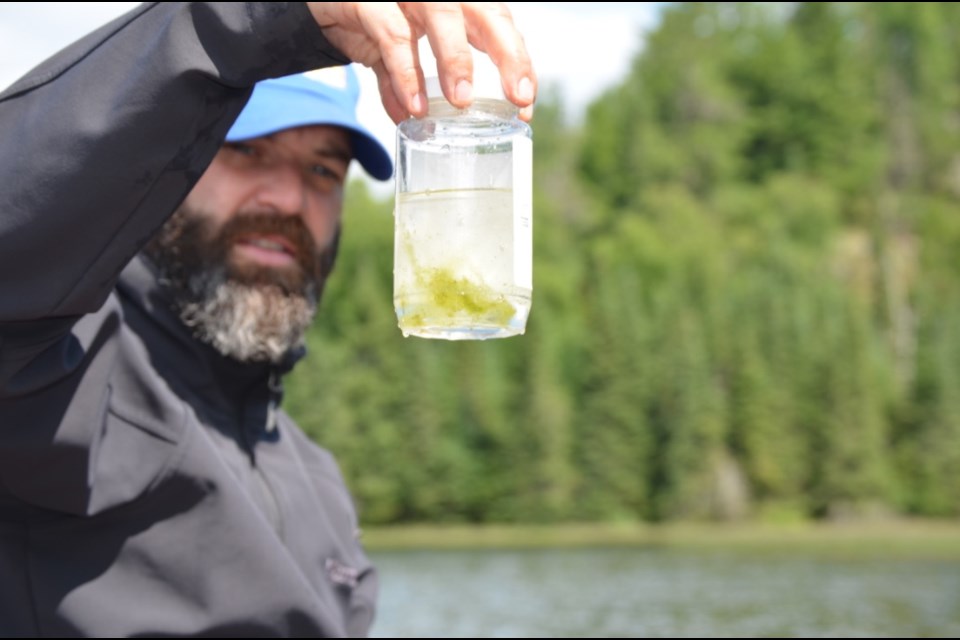THUNDER BAY -- A study has found changes happening in Cloud Lake, including bacteria blooms, which point to the need for closer monitoring of inland lakes in northern Ontario.
Robert Stewart of Lakehead University is emphasizing, however, the study team does not want "to purvey that the lake is at risk, is damaged, because that's not been proven and is not necessarily the case."
The results of the project were presented this month in a public session.
Cloud Lake is a popular cottage lake located in the Municipality of Neebing, south of Thunder Bay. A study of its ecosystem was commissioned after a decline in the water quality was noted in recent years, leading to algal blooms, higher turbidity and elevated phosphorus levels.
Stewart, associate professor in the Department of Geography and the Environment at Lakehead, said warming water, resulting from climate change, combined with the release of more nutrients into lakes by human activity potentially raises the risk for development of toxic blue-green algae.
Stewart said some water samples from Cloud Lake confirmed the presence of cyanobacteria that are associated with the type of blue-green algae blooms that can build toxins, but "we didn't confirm that there is a health risk, and we're not moving forward with that type of conclusion."
He added that that would require "a whole more sophisticated level of testing than was conducted in the 2015 study."
Masters student Nathan Wilson, who conducted field work for the study, described finding bacteria blooms that "consisted of what is best described as kind of like a thick paint layer that had been distributed across the surface."
Wilson said this kind of bloom is distinguishable from algae blooms that would normally be associated with Northern Ontario lakes, and which have "more of a matte consistency."
He noted that cyanobacteria in lake water is not unusual, adding that the bacteria is "billions of years old." But Masters said changing weather patterns are leading to the ability of cyanobacteria to proliferate "more than what we would expect in northern Ontario lakes."
Stewart said the study team is "moving forward with the idea that monitoring and paying attention to blue-green algae blooms is important to gain more information to understand risk."
In the meantime, he said, local residents should look at reducing nutrients and their impact on the lake. Stewart said it's up to Neebing and its residents to consider further steps, but the Lakehead team "would like to continue engaging" in the work that's been started to ensure the health of Cloud Lake.
He said the recent public meeting was received very well, and expects there will be further discussions about ongoing monitoring of the lake. "We've definitely received a lot of people's interest. We have encouraged Cloud Lake residents to form a cottagers association ... where they can dialogue about this."
Stewart believes the Cloud Lake project is "more a story about people caring for their lake, than a story about a quick government fix."
All lakes have the potential to transition from cold-water to warm-water lakes as Cloud Lake is changing, he said, adding that "it's about time in northern Ontario that we start to be more aware of the reality of this occurring here.
"It is not just an issue in the south."
